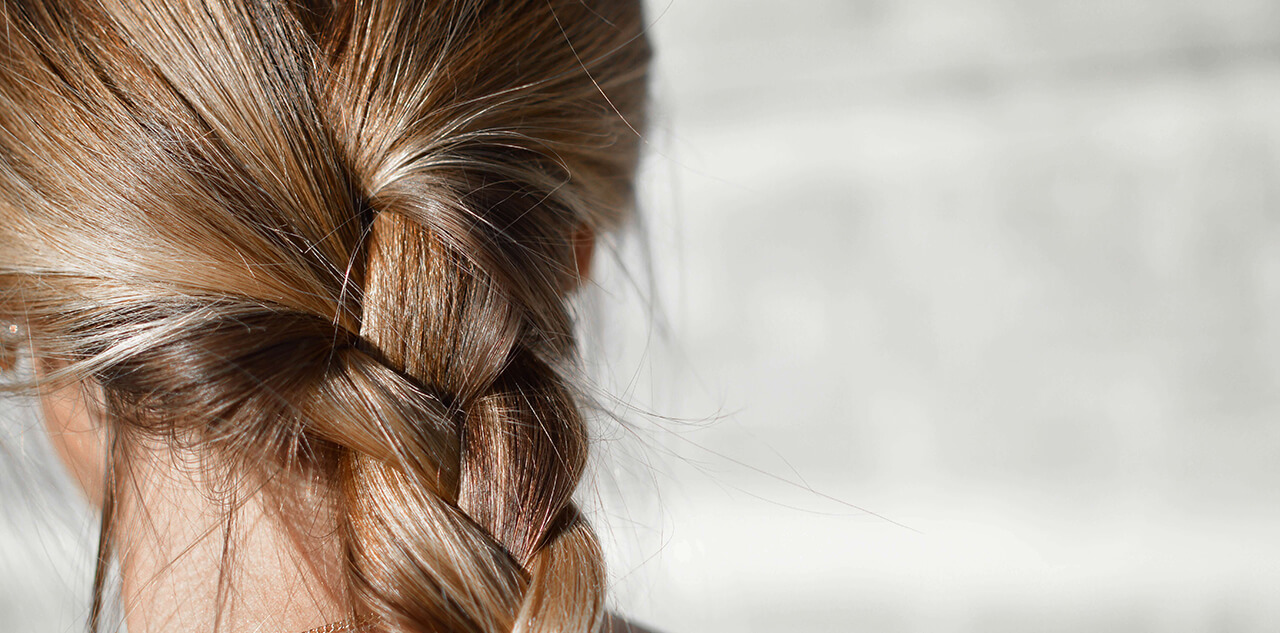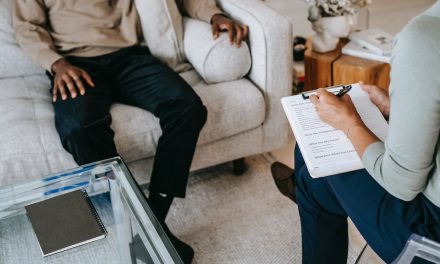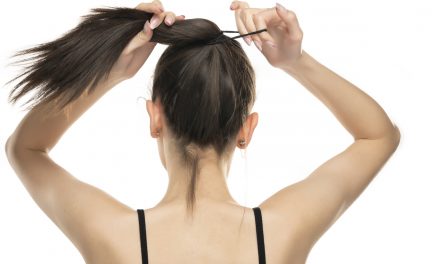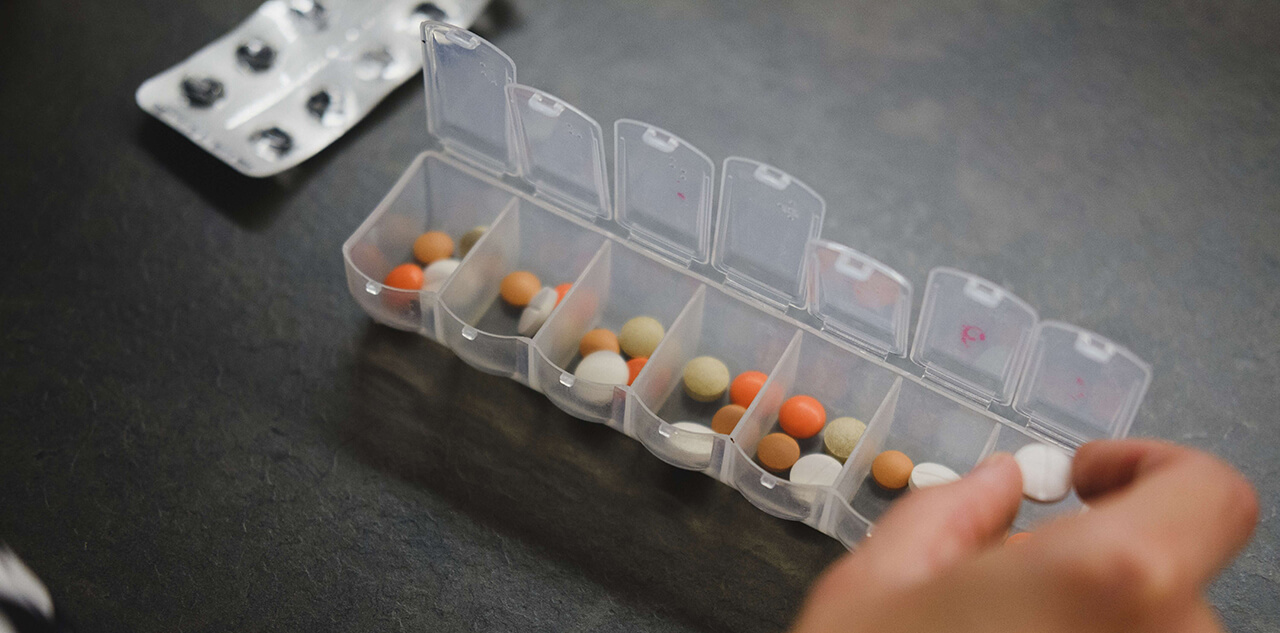Depending on the cause, some types of hair loss are temporary and can be totally remedied. Unfortunately, female pattern baldness is not one of those causes and cannot be prevented nor reversed.
Table of Contents
Treatment
The good news is that with the right treatment, you can stop the hairless and potentially regrow some of the hair, but it will never come back in full. Once you’ve found the right treatment for you, sticking with it will be necessary. If you want to continue preventing more hair loss, you will need to continue treatment throughout your whole life (or until you stop caring and are ready to try rockin’ a bald hairstyle). If you stop treatment, your hair will start to thin and fall out again.
It’s also important to keep in mind that the results of most treatments are not immediate. Some can take up to 12 months to work before you’ll see any results. But sticking with it is worth it if having healthy-looking hair is important to you!
Rogaine
The best and only FDA (Food and Drug Administration) approved treatment for female pattern baldness is Rogaine, otherwise known as Minoxidil. It used to only be available by prescription from your doctor but has recently become available over the counter at a regular drug store or online. The formula comes in a foam or straight liquid solution, and two different strengths: 2% and 5%. It’s best to consult with your doctor or the pharmacist on which percentage of Rogaine you should be using for your hair type.

Photo from Rogaine’s Website
Living with female pattern baldness
A lot of women choose not to follow treatments, either due to organic lifestyles, tight budgets (even though Rogaine is relatively affordable), or just a personal preference to work with the cards they’ve been dealt. It’s not for everyone (I know I couldn’t pull it off, for example!) but so many women can own a shaved head look. Natalie Portman, Amber Rose, Cara Delavingne, Megan Fox, and Lupita Nyong’o are all women who absolutely crushed it with a shaved head.
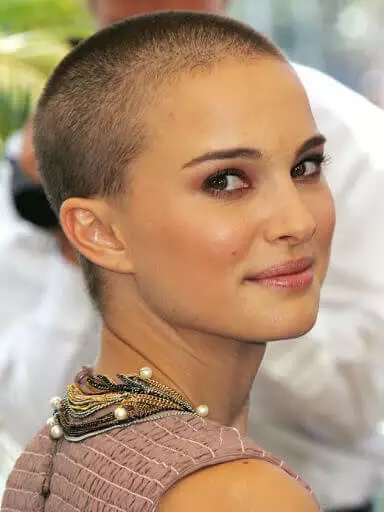
Photo Published in Us Weekly

Photo Published in Richard Magazine 1
Other types of hair loss
If you don’t suffer from female pattern baldness but are experiencing thinning due to something else, you might be in luck because some forms of hair loss are actually reversible!
Extreme stress
Putting your body under extreme physical or emotional stress for long periods of time, including shock, childbirth, and severe anxiety can cause hair loss. Once this stress subsides, the hair will return to normal and you’ll see results without any treatment required.
Radiation/Chemotherapy
three to six months after stopping treatment you should start to see regrowth. Be prepared that the hair you know and love may not grow back as it once was! Lots of people go from straight to curly, and vice versa. Some people even report their hair color changing! So you may get an entirely new look after regrowth. Pretty neat!
Medication
Some medications can cause hair loss, and it might show up as quickly as a few days, but sometimes takes up to a few months before it becomes apparent. This type of hair loss is almost always reversible if you quit the medication and find another alternative.
Tight hairstyles
Also called traction alopecia, hair loss occurs because there’s too much stress and pulling on the hair. It usually develops in patches and is most common in black women who wear tight braids, weaves, and braided extensions. The effects of this can be reversed by simply wearing your hair more naturally or in looser styles.
As with all forms of female hair loss, the sooner you catch it the better. It will be easier to remedy if you can identify the cause and start and necessary treatments or lifestyle adjustments to foster regrowth. If all else fails, female hair loss is nothing to be ashamed of and can be hidden with shirt hairstyles, wigs, and trendy scarves.
If you have any further questions related to this topic contact us to let us know what you’d like us to cover!
Recently updated on January 28th, 2023
